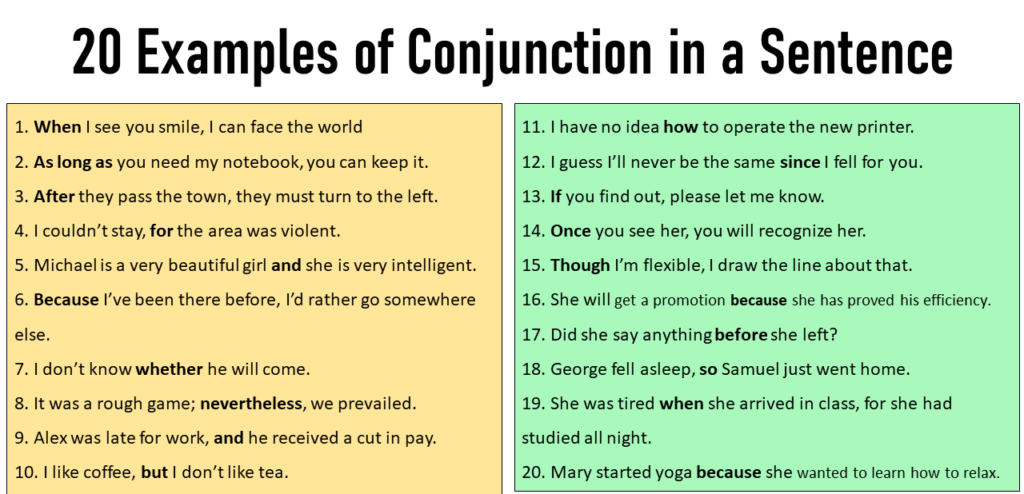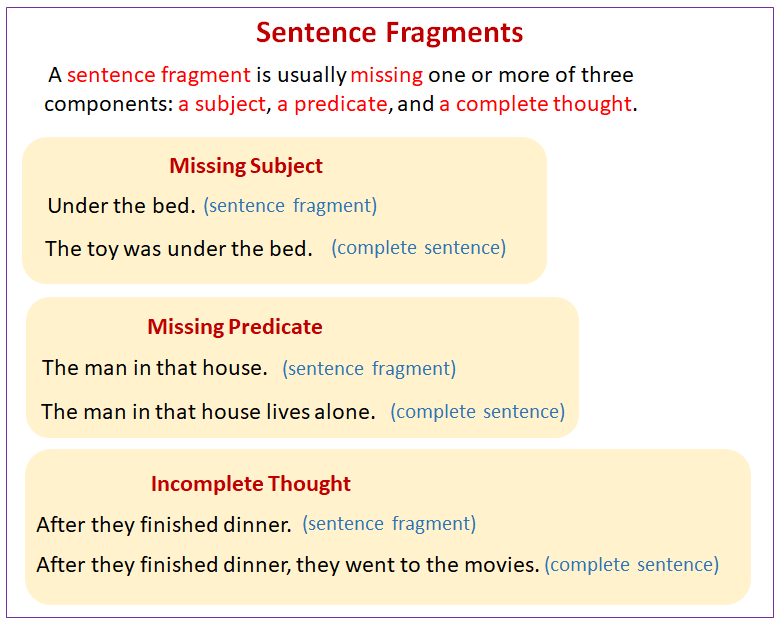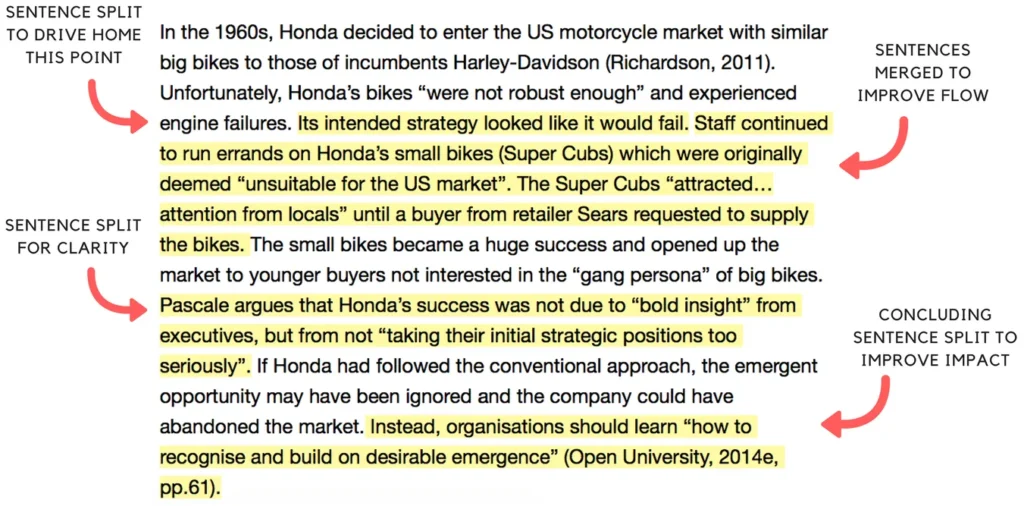Ever wondered why some of the most seasoned content creators break traditional grammatical rules? In our latest article, an owner and a CEO share their unconventional writing habits that surprisingly work in their favor. Learn why starting sentences with conjunctions can be a powerful technique and explore the varied sentence structures that keep readers hooked. With four valuable insights from experts, you’ll rethink the boundaries of effective content writing.
Table of Contents
ToggleStart Sentences With Conjunctions

The one grammatical “rule” I break most often in content writing is starting sentences with conjunctions like “and” or “but.” Traditional grammar rules discourage this, but I find that it works well for creating a conversational tone and improving readability. Starting with conjunctions helps break up complex thoughts into shorter, more digestible parts, making the content feel more engaging and approachable.
This technique mirrors natural speech patterns, making it easier for readers to connect with the writing. In content that’s meant to inform or persuade, the flow and relatability often matter more than strictly adhering to formal grammar rules.
Andrew Lee Jenkins, Owner, Andrew Lee Jenkins
Use Sentence Fragments
One grammatical rule that I usually break in content writing is the traditional use of complete sentences. Many writers insist on adhering strictly to full sentences, but I find that sentence fragments can add clarity and impact. In content aimed at a B2B audience, especially decision-makers, the goal is to convey information clearly and succinctly.
Using fragments allows for a more conversational tone. It captures attention and creates a sense of urgency, making the content feel more relatable. When readers encounter short, punchy statements, they are more likely to stay engaged. This approach helps emphasize key points without overwhelming the reader with dense paragraphs.

Breaking this rule aligns well with the nature of online reading. Many people skim content rather than read every word. By incorporating fragments, I can highlight important information effectively, making it easier for readers to grasp the main ideas quickly. This style often resonates more with busy professionals who are looking for actionable insights rather than lengthy explanations.
Ramzy Humsi, Founder & CEO, Vortex Ranker
Forgo the Oxford Comma

I often forgo the Oxford comma. While grammatically correct, I find omitting it creates a smoother cadence and flow for readers. Content should be an enjoyable experience, not a chore.
Contractions are my best friend. “Don’t,” “Can’t,” “Won’t”—using them brings a casual, relatable tone to my writing. I want readers to feel we’re chatting over coffee, not lecturing from a pulpit.
Varying sentence structure is key. While professors preach concision, an occasional complex sentence provides rhythm. I balance short and long, simple and compound. Readers stay engaged, avoiding a “choppy” feel.
Knowing the rules allows intelligently breaking them. Creating compelling content requires manipulating the tools of language, not being manipulated by them.
Luke Heinecke, CEO, Linear
Vary Sentence Structure and Length
As a content creator for over 10 years, one “rule” I frequently break is varying my sentence structure and length. While proper grammar advises using primarily short, concise sentences, an occasional longer, more complex sentence provides rhythm and nuance. In my writing, I aim to strike a balance between brevity and musicality.
For example, on my company’s blog, I may write: “Creating a stunning website is challenging. Designing content that converts visitors into customers is an art form. But when done right, the results can be game-changing.” The short opening sentences draw readers in before the longer closing sentence hammers the key message home. This type of varied structure keeps content compelling while avoiding a choppy or dull feel.

In the end, grammar rules exist as guidelines, not strict laws. As content creators, we must understand why these rules are in place so we know when and how to appropriately break them for maximum effect. The key is ensuring readability and impact, not adhering to prescriptive standards. By breaking the “rules” in the right way, we craft content that feels more authentic and impactful.
Josh Cremer, Founder & CEO, The Rohg Agency

